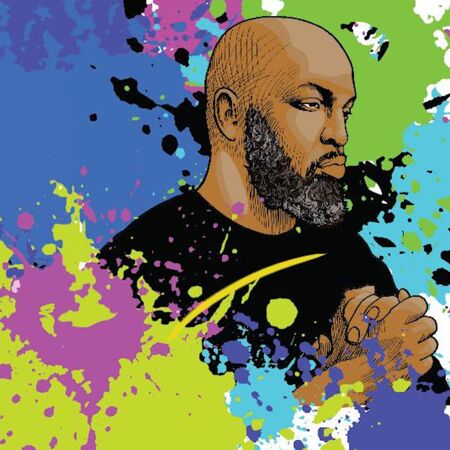

Jon Pareles from The New York Times says the alluring but amoral environment of California is a recurring setting throughout the record, which explores Miguel's "clashing impulses further" than Kaleidoscope Dream (2012), "toward love and death, raunch and exaltation, doubt and confidence, salvation and damnation, cynicism and hope" "Gonna Die Young" was written about the dangers of leading a risky lifestyle, while ".Goingtohell" explores themes of human mortality and romance. Īccording to Robert Christgau, Wildheart shares more with rock music's recurring theme of struggles with normalcy and human contradiction than it does with R&B's "sin-versus-salvation struggles". The Music magazine deems it an exploration into progressive soul, while Sheldon Pearce from Consequence says the album's neo soul music ranges from "psychedelic to interstellar" sounds and defies the "traditional sensibilities in modern R&B". While the reduction in lucid hooks and the uptick in wince-inducing lyrics diminish the album's appeal, the charms are hard to repel.Throughout, Miguel comes off as a seeker lost in a world where dreams, religion, sex and art are tangled up with their own dark, addictive mirror images.Īccording to AllMusic's Andy Kellman, Wildheart 's music is defined less by melody than by the presence of "grinding guitars and mechanical beats", played in the style of contemporary R&B and new wave rock. child Lenny Kravitz - he could be addressing the city rather than a lover. When he pleads devotion to a "you" in the album's standard-edition finale - which appropriately includes some flame-throwing guitar from L.A. When Miguel sings of salvation and damnation, of being a pastor and pimp, he could be singing for the city as much as a thrill-seeking protagonist. "Pour your sins on me baby, let us pray" is one of that song's relatively clean lines, one of the album's many instances where spirituality and sexuality are mixed. If there is a "Love Machine" here, it's the porn industry-referencing third track, though it's a dragging slow jam, half-whispered and half-wailed, that is much more graphic. Like that 1975 album, this revels in L.A.'s allure, the fantasies it fuels, the dreams it breaks. Rather than attempt to rewrite "Adorn," a number one R&B hit awarded a Grammy for Best R&B Song, Miguel evidently saw more of a creative future in the seamier, hazier, reverb-laden Kaleidoscope Dream album cuts like "Use Me" and "The Thrill." Grinding guitars and mechanical beats, played and programmed at sludgy tempos that fuse new wave-era rock and contemporary R&B, dominate a program that curtails Miguel's melodicism in favor of grunts, moans, and a couplet that ends in (groan) "masturbate" and "master, babe." He was inspired by his Los Angeles environment to such an extent that it can be felt in this album almost as much as it can in the Miracles' conceptual City of Angels. A few of the extracurricular moves pointed toward his next solo step, but the clues remained clearest in the darker corners of Kaleidoscope Dream. It would include appearances on a crop of major R&B and rap songs, a cover of Elton John's "Bennie and the Jets," and a highlight turn on Hudson Mohawke's Lantern. A complete anthology of Miguel's featured appearances released - or disseminated, as the freaky wordplay lover might call it - between Kaleidoscope Dream and this would be assorted, to say the least.


 0 kommentar(er)
0 kommentar(er)
